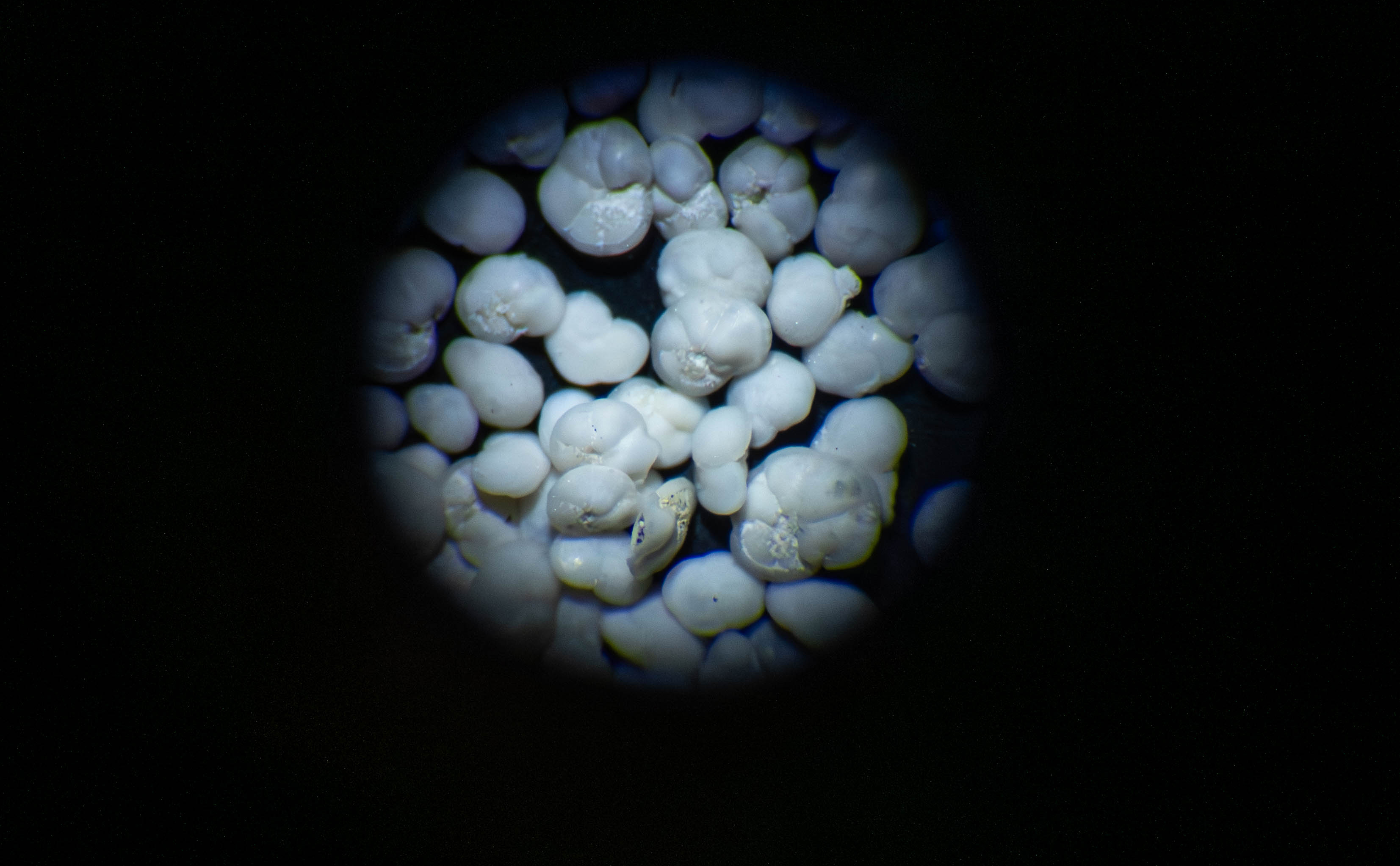Ancient plankton hint at steadier future for ocean life

A team of scientists has uncovered a rare isotope in microscopic fossils, offering fresh evidence that ocean ecosystems may be more resilient than once feared.
Researchers show that warming in the tropical Pacific — home to some of the world’s most productive fisheries — may not trigger the severe declines predicted by earlier models. Instead, the region’s fisheries could remain productive even as ocean temperatures rise.
The study, co-led by the University of South Florida (USF) and the University of Massachusetts Boston, working with an international team of scientists, including the University of Southampton, is due to publish online in Science .
Co-lead Patrick Rafter, a chemical oceanographer at USF’s College of Marine Science, said the findings are welcome news: “Our measurements suggest that, on a warmer planet, the availability of marine nutrients to fuel plant growth and fisheries may not necessarily decline.”
Nitrogen isotope expert at the University of Southampton, Dr Alexandra Auderset , generated the Atlantic Ocean record for the study which was used as a baseline to interpret the Pacific records, and helped examine ocean nutrient levels across hundreds of thousands of years and thousands of miles.
Dr Auderset comments: “Our findings show that looking deep into Earth’s past with new geochemical tools can reshape how we think about the future of ocean life. We are opening a new window into how resilient marine ecosystems might be in the face of future climate change.”

The team turned to the Pliocene Epoch, 5.3 to 2.6 million years ago, when ocean warming trends were similar to today’s. By analysing nitrogen isotopes preserved in the shells of tiny plankton called foraminifera (forams), researchers reconstructed nutrient characteristics in the tropical Pacific.
Today, nutrient upwelling in the region supports vast blooms of plankton — the base of the marine food chain. During warming events like El Niño, this process weakens, reducing nutrients and harming fisheries. Previous studies suggested such conditions could become permanent in a hotter world.
But Patrick Rafter and his colleagues found no evidence of reduced nitrate concentrations — a key nutrient for plankton — in the eastern tropical Pacific over the last five million years. The results suggest that nutrient upwelling and biological productivity remained stable, despite higher global temperatures.
“We’ve used this nitrogen isotope like a geochemical fingerprint,” Patrick said. “We don’t have a time machine, but we can use our detective toolkit to reconstruct what happened in the ocean the last time Earth was as warm as today.”
Extracting the isotopes required painstaking work. Researchers from USF, the University of Massachusetts Boston, University of Southampton, the University of California Irvine and Princeton University hand-sorted foram shells from deep-sea cores, dissolved them and analysed the nitrogen isotopes with the help of bacteria.
“Analysing nitrogen isotopes derived from forams has allowed us to reconstruct the past with precision,” Patrick Rafter said. “We can compare these past conditions to today and make better predictions about the future. The methods we’ve used represent a big step forward in improving our predictive capabilities.”
Jesse Farmer, co-lead author and assistant professor at UMass Boston, thinks the findings provide cautious optimism.
“Our current warming is happening so quickly that the ocean may behave differently than it does when it’s been warm for a long time, as was the case in the Pliocene,” Jesse says, also noting modern threats such as ocean acidification and overfishing. He adds: “It’s good news that the nutrient supply to the eastern Pacific food web will be maintained in a warmer ocean.”
Looking ahead, the team plans to apply their ‘detective toolkit’ to other parts of the ocean.
“We’re looking at a changing system,” says Patrick Rafter. “What’s clear from this study is that the system is more complicated than we previously thought.”
This project first began in the lab of Daniel Sigman, the Dusenbury Professor of Geological and Geophysical Sciences at Princeton University.
Partners in the study are University of South Florida, University of Massachusetts Boston, UC Irvine, Princeton University, Max Planck Institute for Chemistry, UC Santa Cruz, University of Colorado Boulder, ETH Zürich, National Taiwan University and University of Southampton.